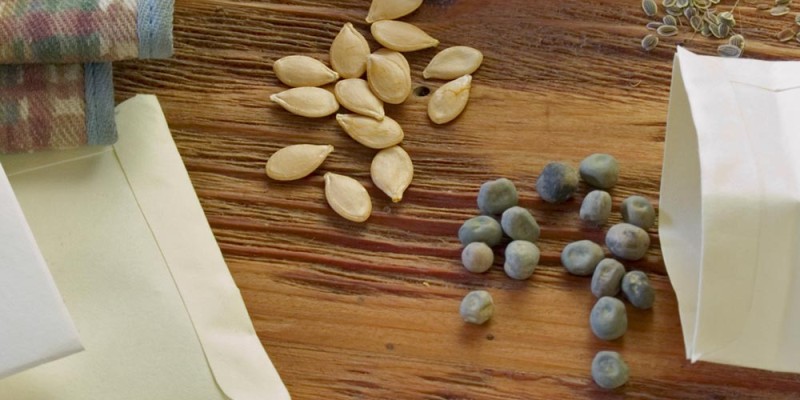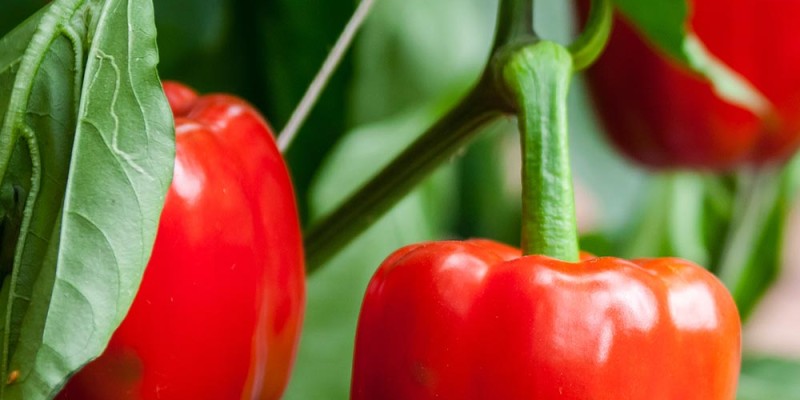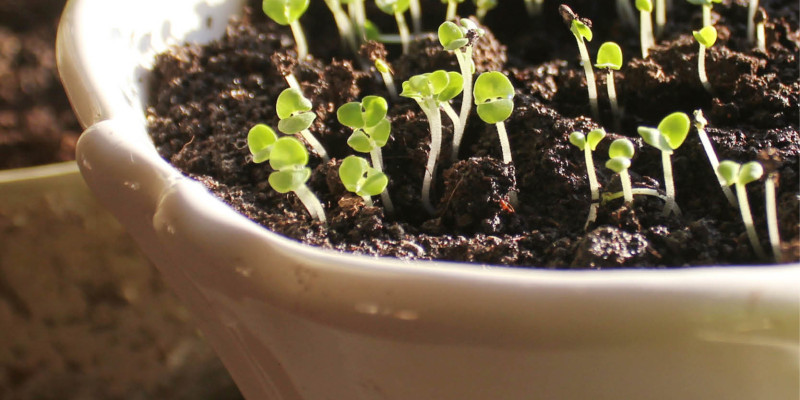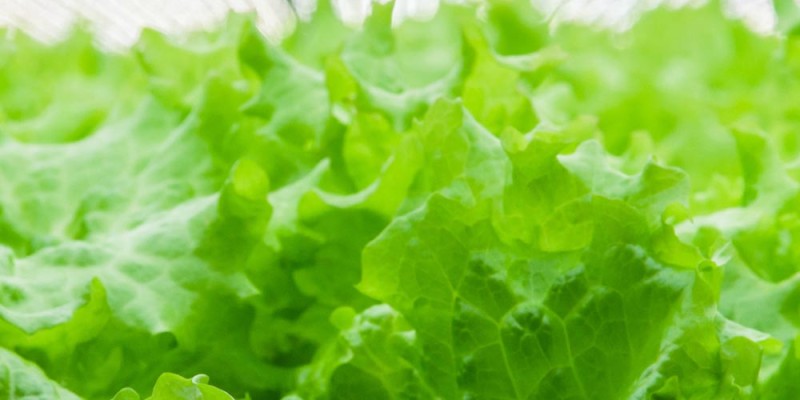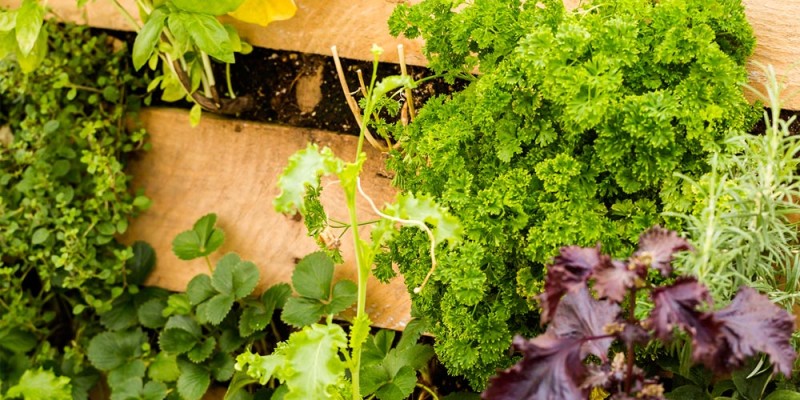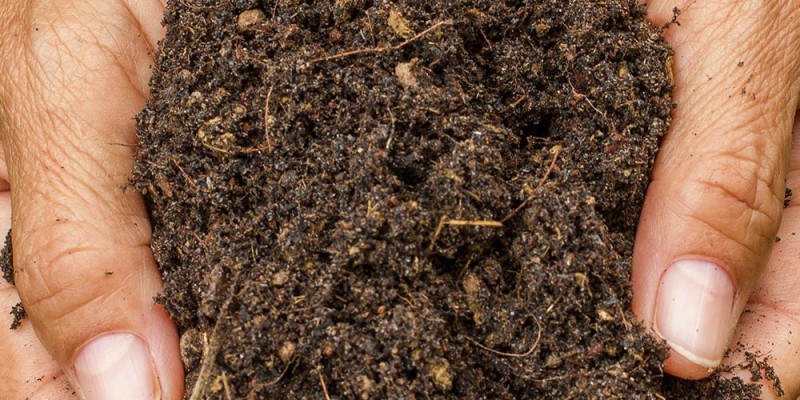Setting up an Indoor Grow Room
As fall takes hold and the garden outside winds down for the winter I love to start growing inside my house. On today’s video I am going to give you some quick tips on getting set up to grow indoors.
Much like the garden outside growing indoors does not have to be complex nor expensive. In order to enjoy gardening inside you will need three things, Soil, Light and Seeds.
Indoor soil
Soil is the most important part of growing indoors. I typically grow indoors in a very simple mixture of 1 part soilless potting mix and 1 part compost. The soilless potting mix will hold water while allowing free drainage with in the pot. This is important as most of the issues indoor growers encounter have to do with over watering and the soil being too saturated for too long.
The compost provides the nutrients the plants need. There are usually enough nutrients in the compost to completely eliminate the need for any fertilizer products during the indoor growing season.
I do prefer to purchase both the potting mix and compost at the end of the season when it is on sale. These products are generally fairly devoid of life including pests. If pests get indoors, without their natural predators, they can take over causing havoc.
Now that we have soil dealt with the next most important part is the light the plants need to grow.
Light Source for Indoor growing
Light as you can imagine is very important when growing indoors. If you have a South or Southwest facing window in the northern hemisphere or North or Northeast in the southern hemisphere you can take advantage of the free sunlight. I built a simple shelf under my window last year and it does a great job.
If you do not have access to a window like this grow lights are an alternative light source. If you look at resources explaining grow lights there is often mention of things like nano meters, wave lengths, kelven, watts and lumens. While I have gone into great depth into this subject in the past indoor grow lights can really be boiled down to two simple tips.
- Pick the right type of lightbulb. Incandescent bulbs don’t work very well but compact florescent and florescent lights do very well. There are more expensive options such as LED and high pressure sodium lights just to name a few but for what I want to achieve I can stick with the more affordable lights.
- The second thing I recommend is to look for a bulb that has the highest watt available with the right Kelven rating. You are looking for a rating of 6500 or 2100 kelven. There are tools online to translate the descriptions such as soft white into kelven ratings. Lights with different kelven ratings may work but they will be far less efficient and you may not be able to harvest crops from them.
What grows well indoors
The final thing you will need is seeds to grow. Unlike outside, inside your house using either a window or grow lights there are a few limitations to what you can grow. The light that is filtered through your window or coming out of your grow lights is far weaker than the sun in the summer outside.
You can push the limits with some very expensive equipment but for the most part I like to keep things simple and focus on the crops I know work well indoors, under lower light conditions.
A cornerstone of my winter garden is herbs and leafy greens. Leafy greens and herbs are well established to grow in lower light areas making them a perfect candidate for my indoor growing space.
Later in the season I do start some of my summer crops such as peppers and tomatoes but don’t really push them to produce. While they will produce indoors generally the crops are quite small and the plant takes up a lot of valuable reinstate.
With that in mind I do like to experiment and have enjoyed harvests of peppers and tomatoes and grown many unique and interesting plants over the longer cold months.
Outro
Growing indoors during the winter allows me to harvest fresh herbs and leafy greens that go wonderfully well with the preserved crops from this summers garden.
For more details on grow lights or anything else I have spoken about today check out the playlist on screen now and make sure to subscribe to catch all future episodes.
